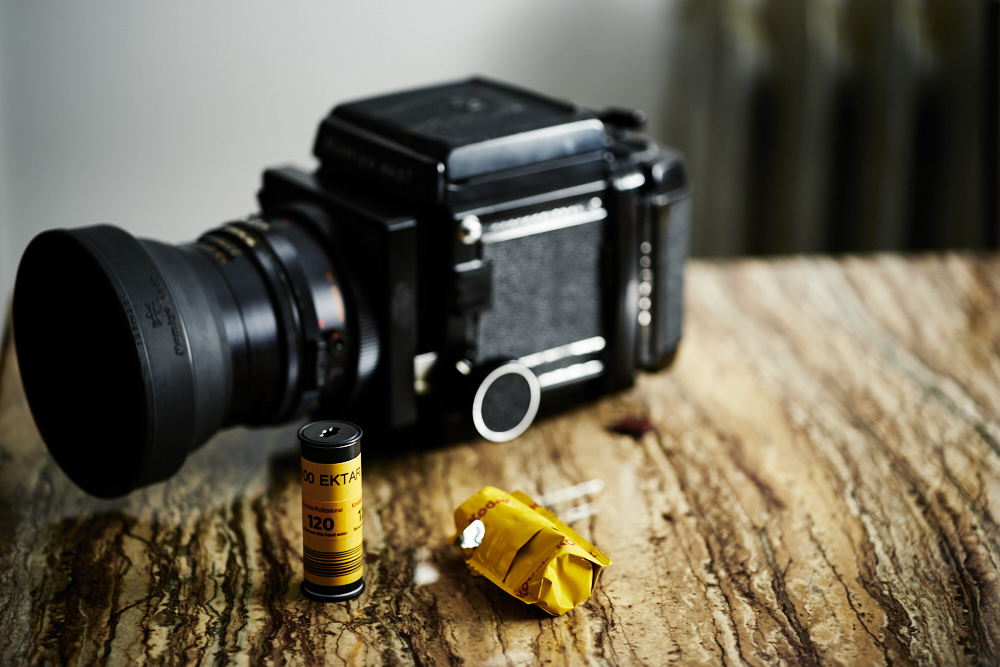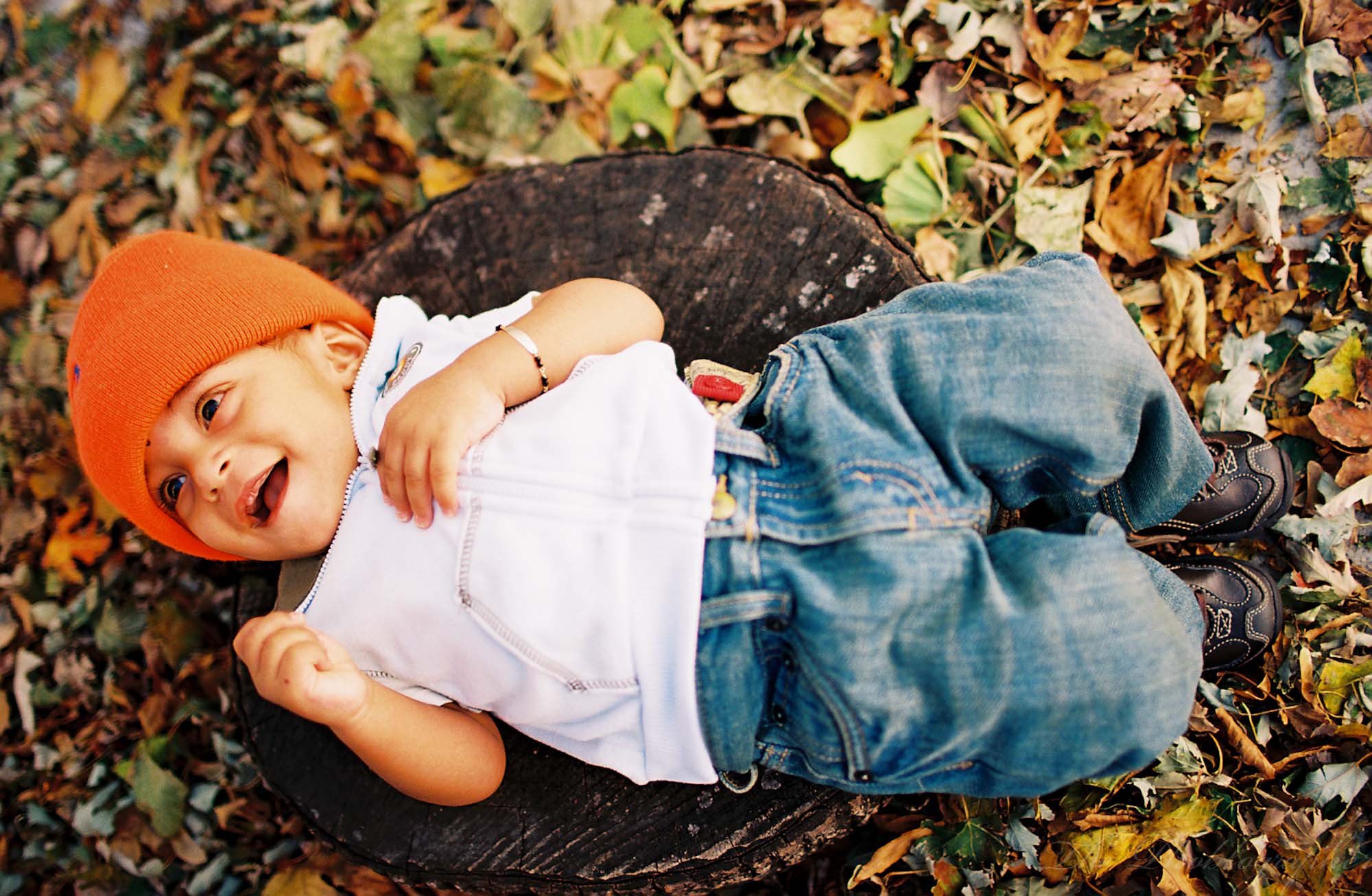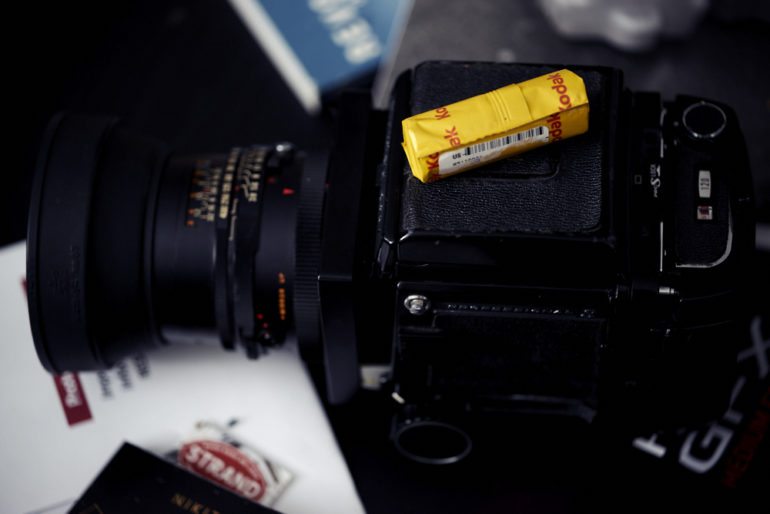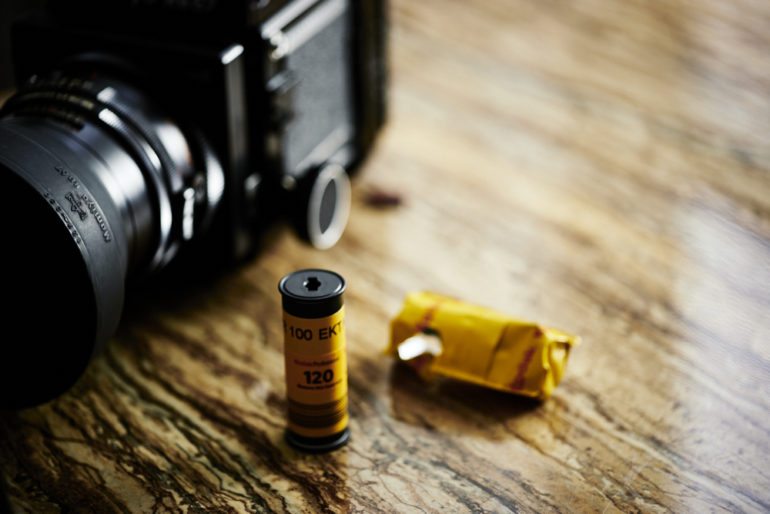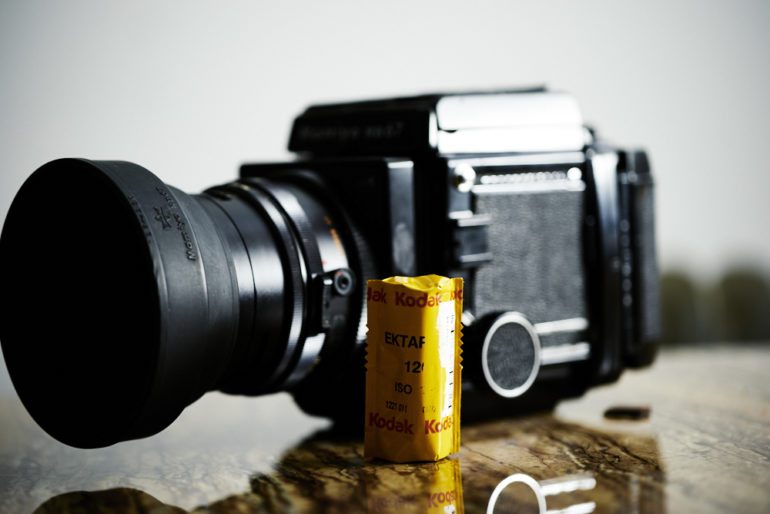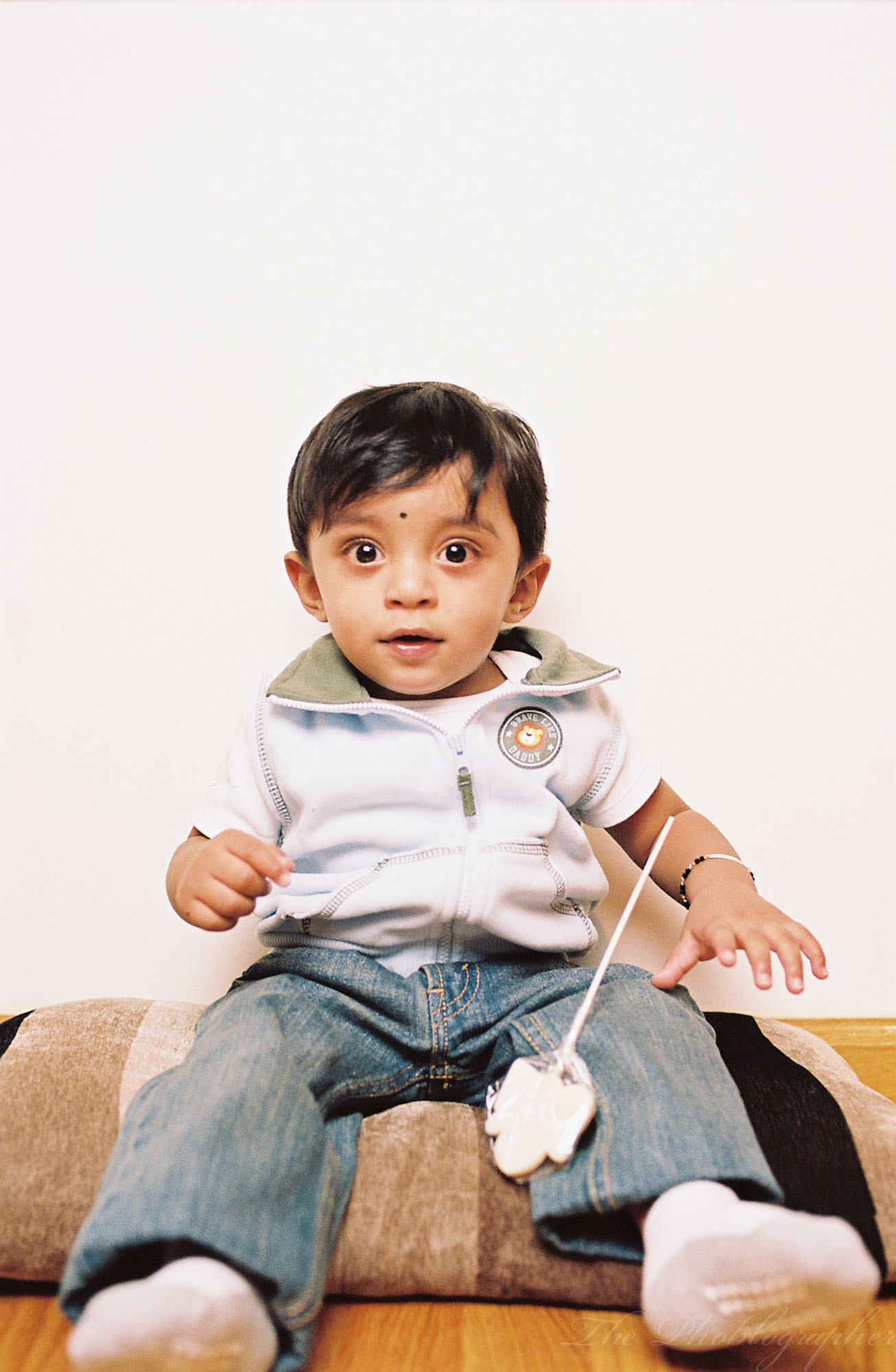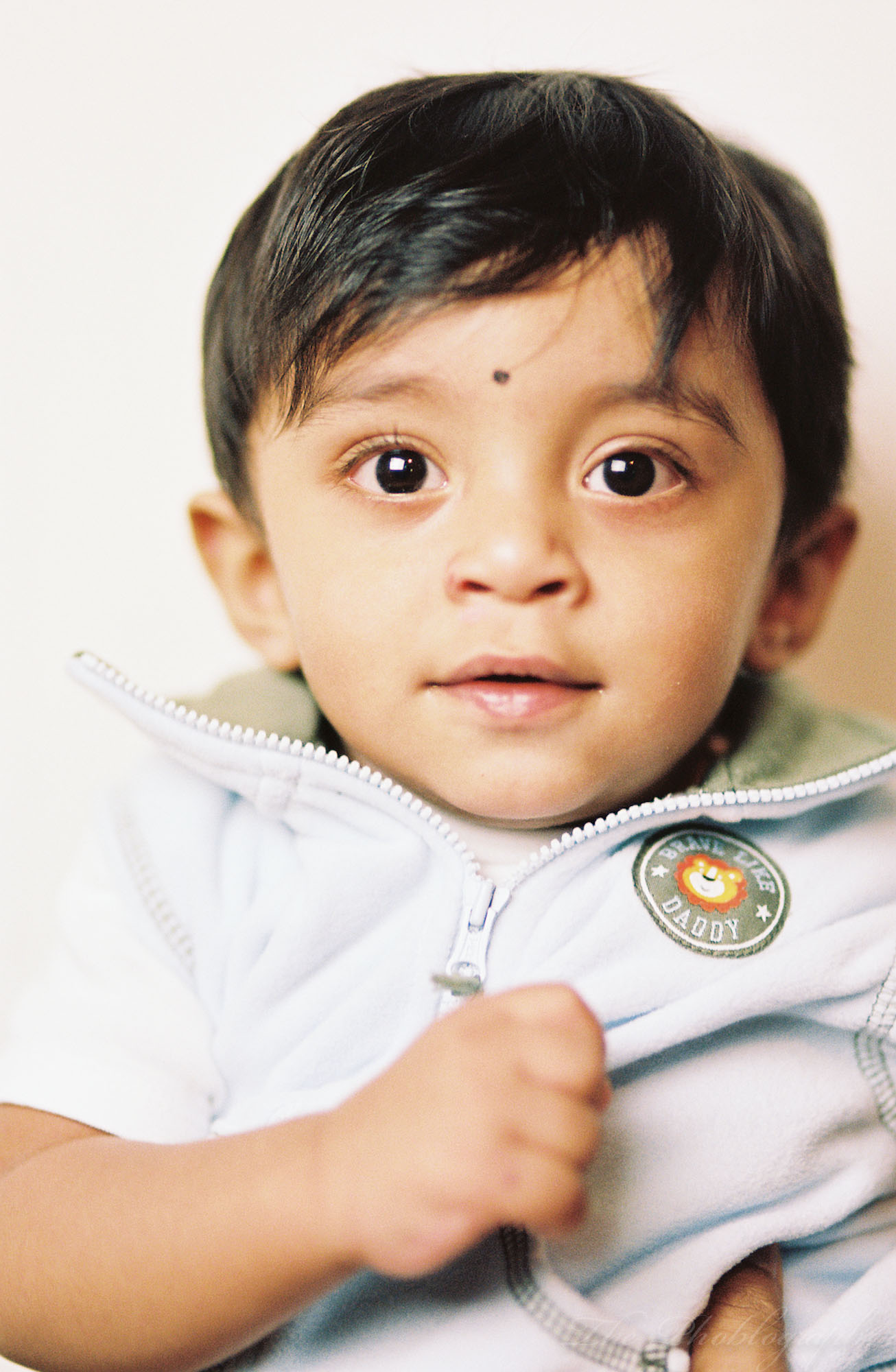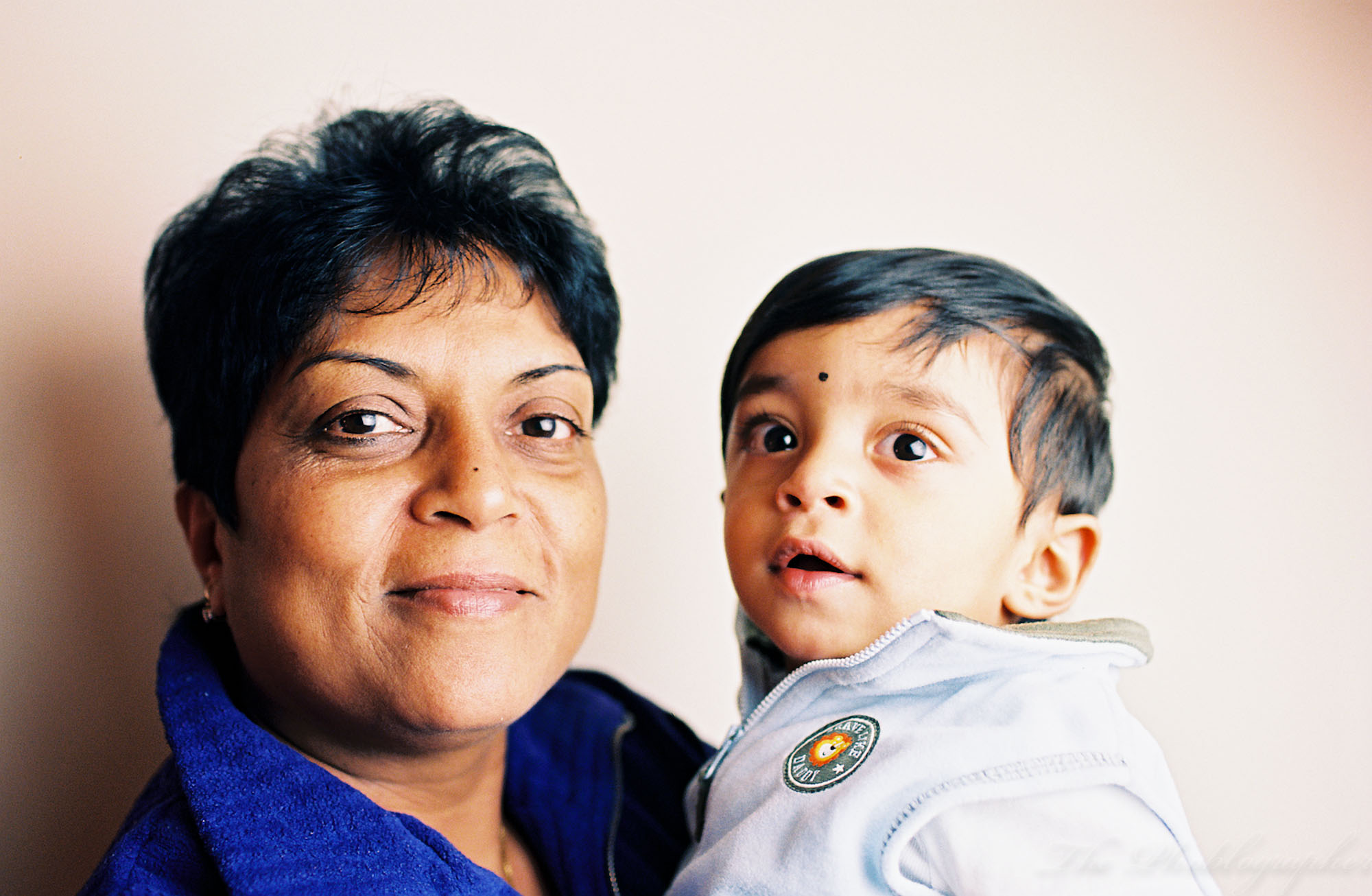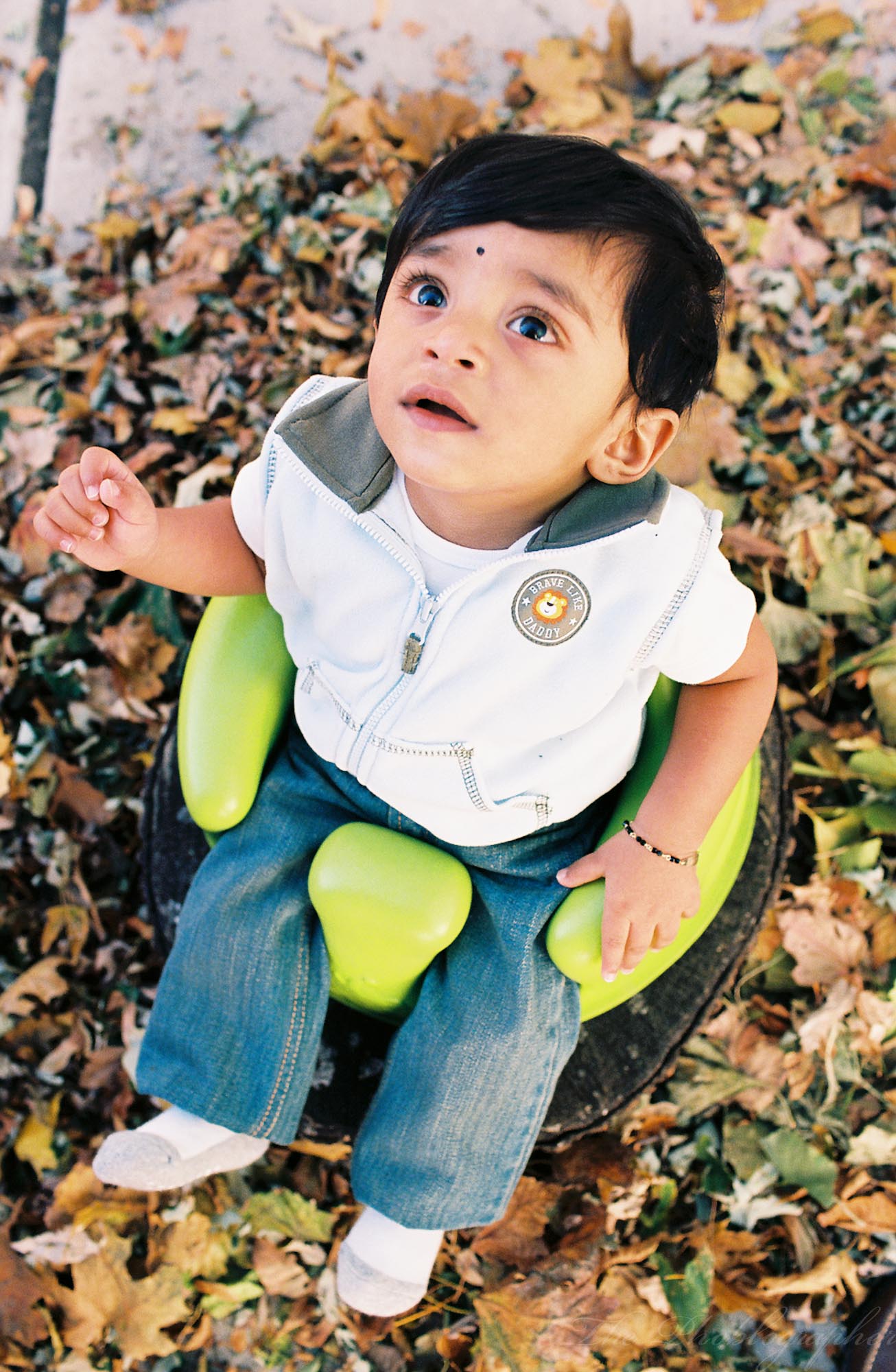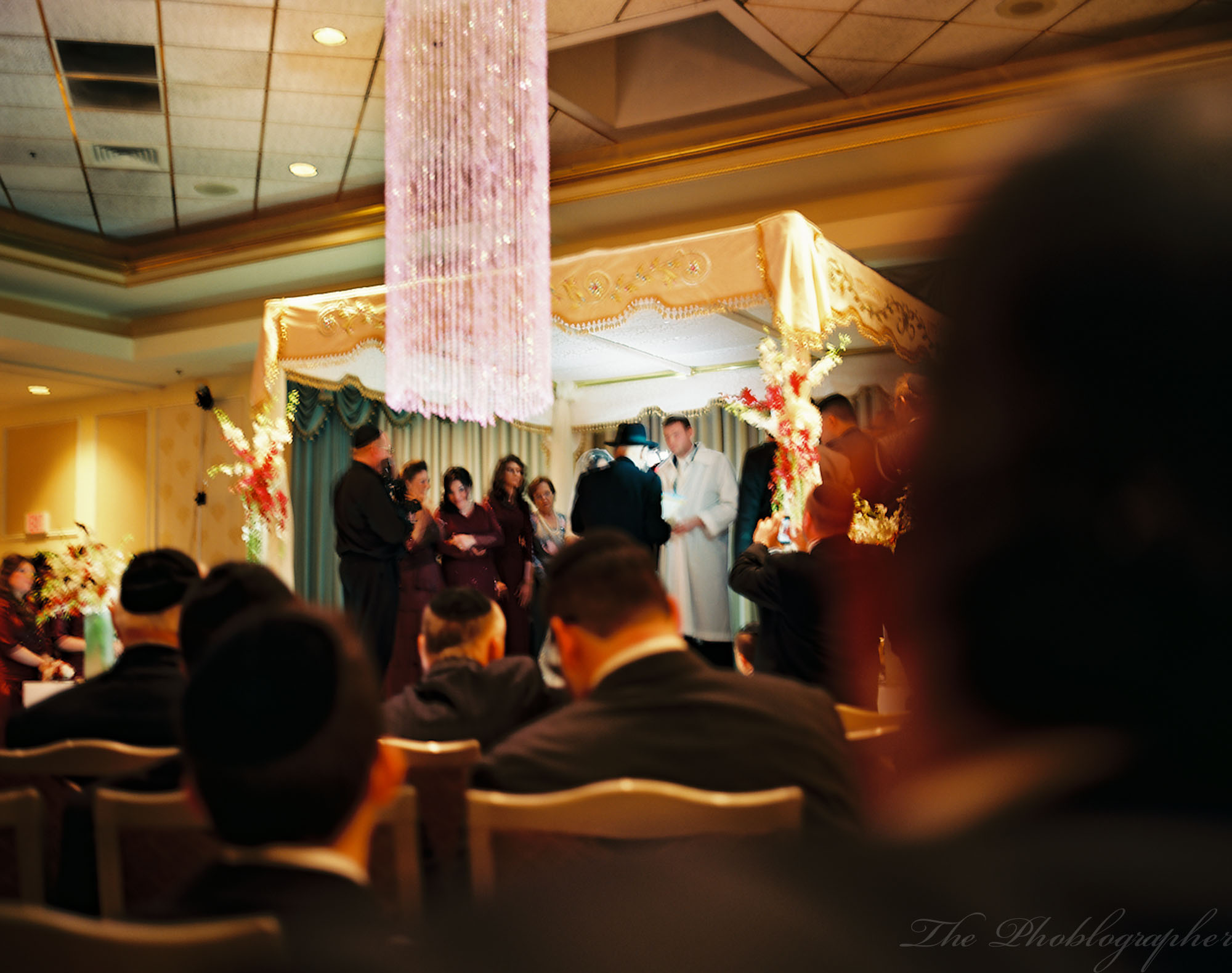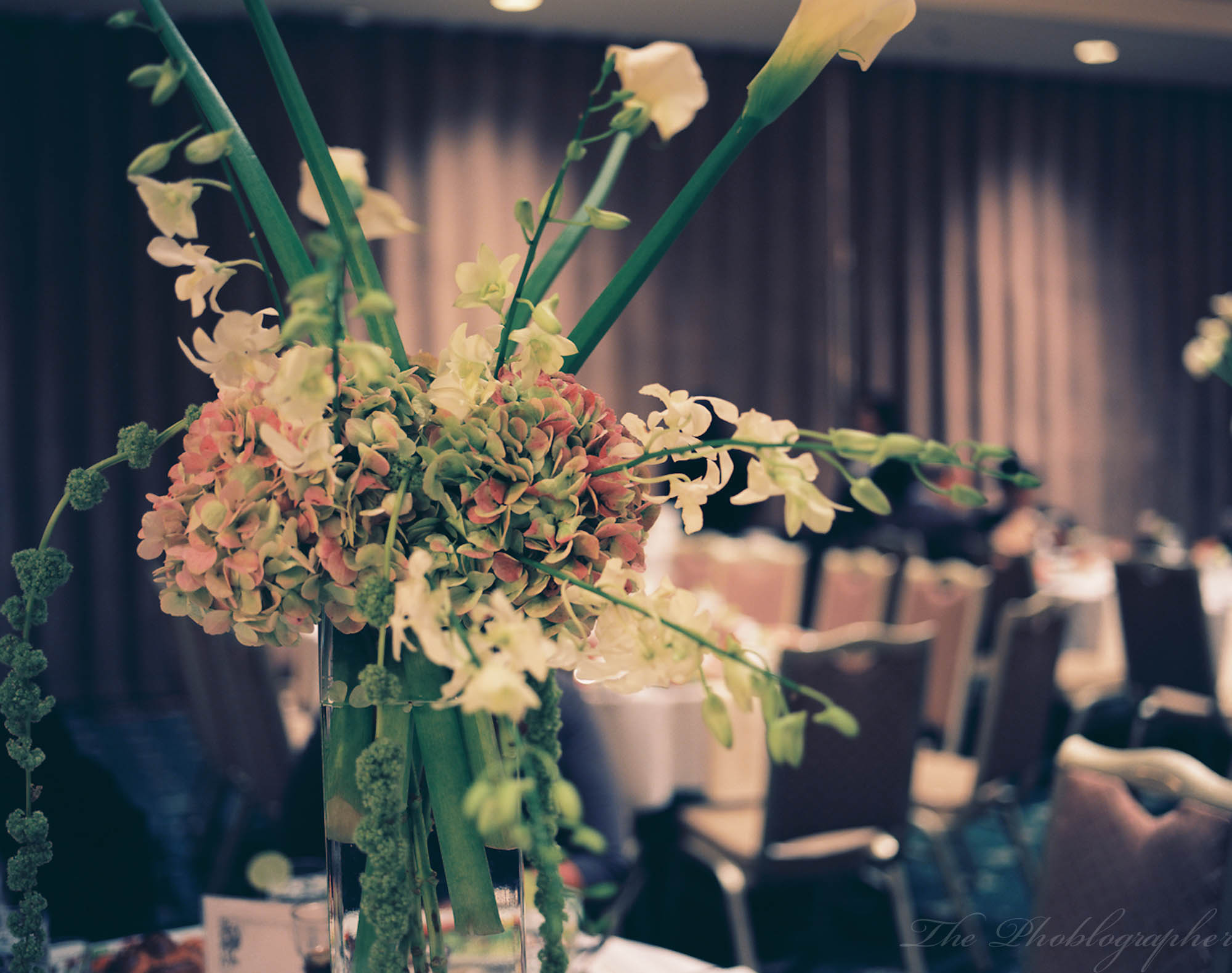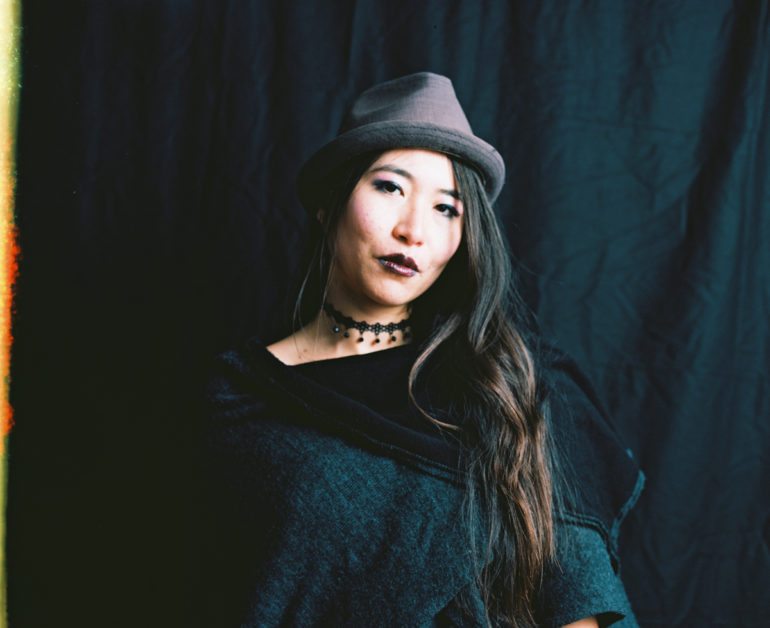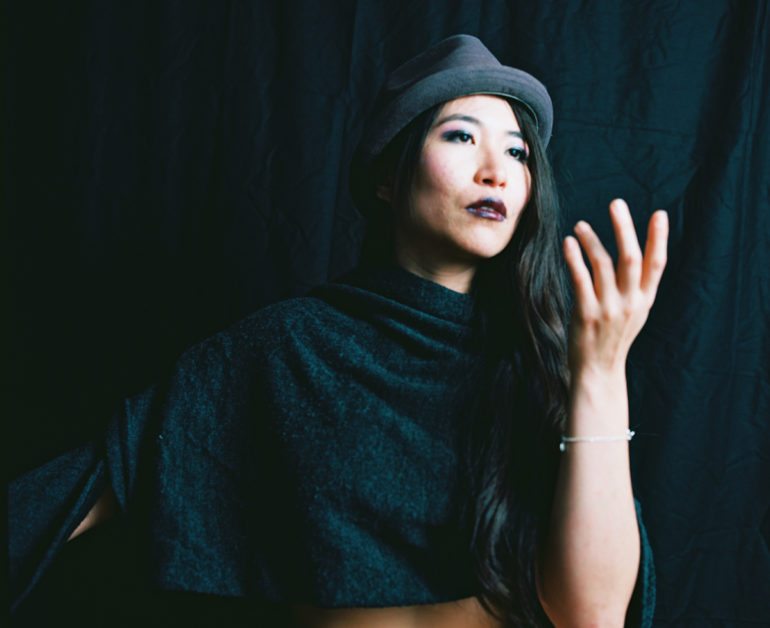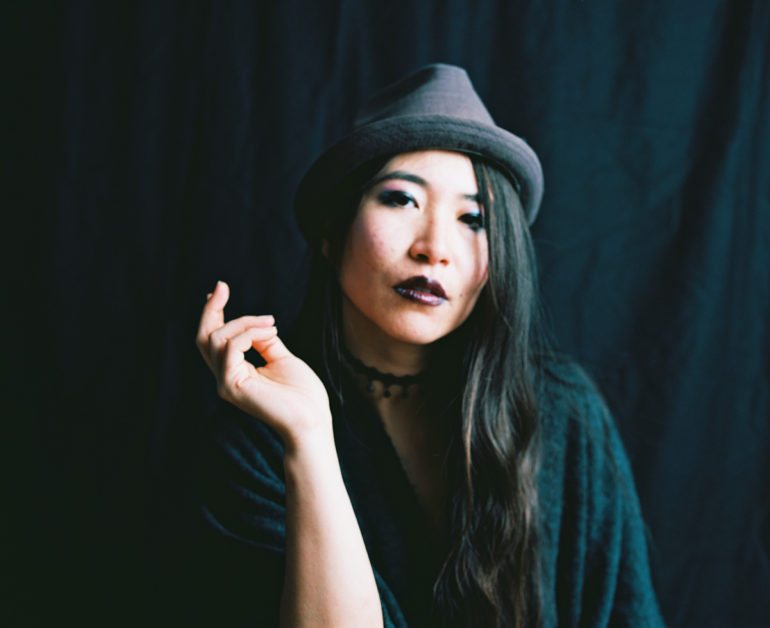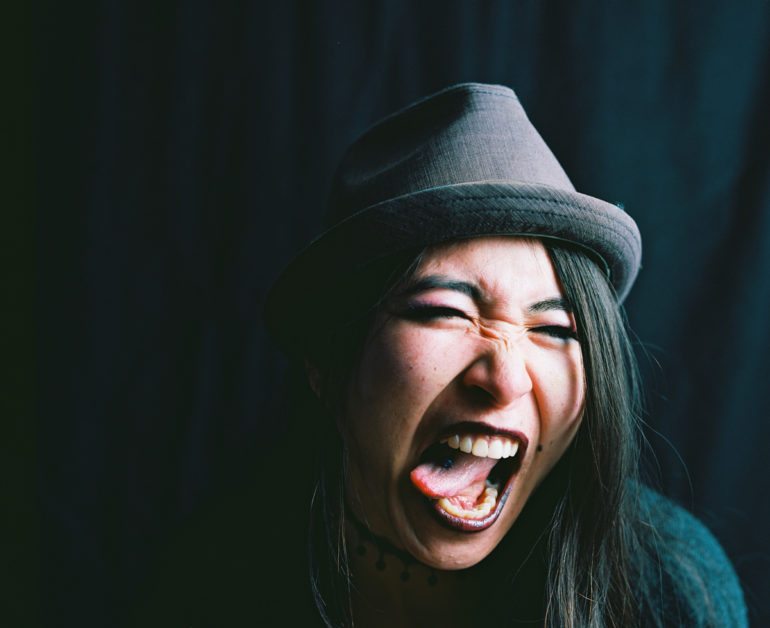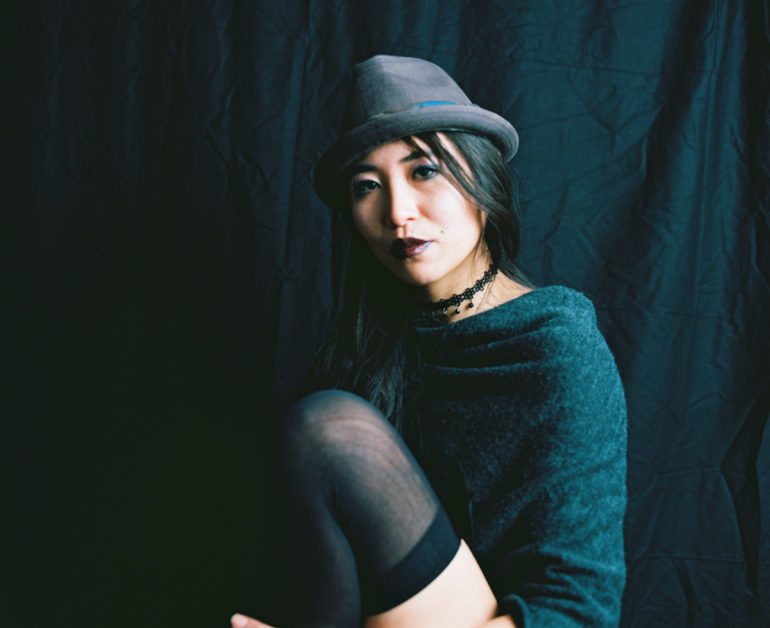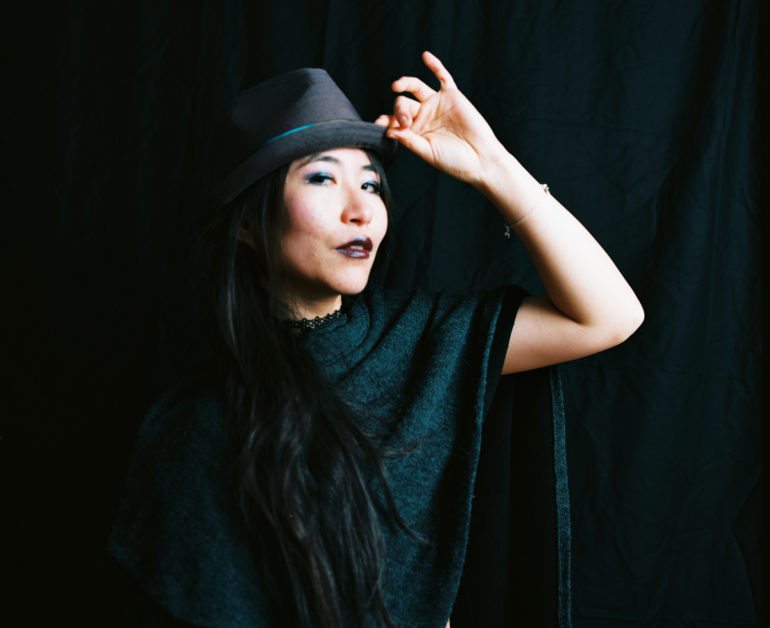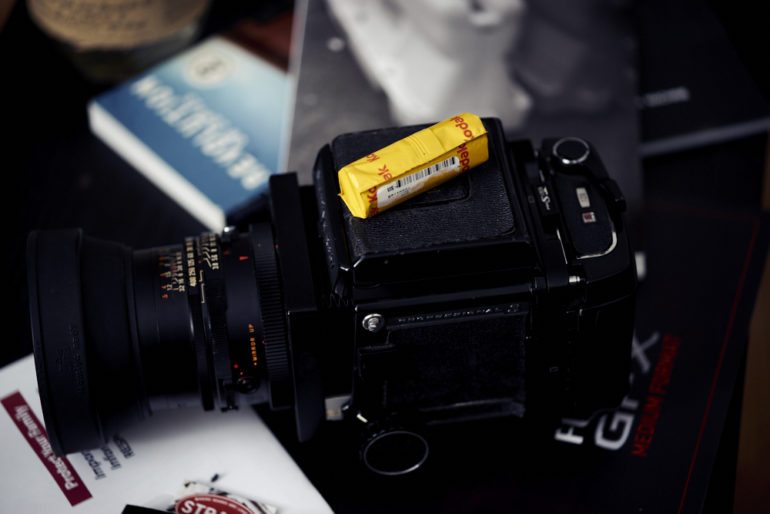For a really long time, if you wanted very vivid colors in your film photos you needed to go to a slide film–but when Kodak introduced Kodak Ektar 100 things changed. Photographers were able to get punchy, vibrant, saturated colors with the ease of use that negative film provides. To this day, Kodak Ektar 100 is used to a variety of applications with one of the most common ones being landscapes. However it is also in use for portraiture as its low ISO value allows for incredibly sharp photos.
And for many lovers of digital cameras, this may also be one of your favorite Kodak film emulsions.
Pros and Cons
Pros
- Can be found pretty affordably, though this is tough
- Sharp
- Very punchy and vibrant colors
- Still looks good when expired.
Cons
- Usually pretty expensive
- When coupled with more modern lenses, it’s going to be very saturated. If you shoot landscapes then you’ll probably be okay with this.
Tech Specs
Kodak Alaris has a wonderful PDF with all the documentation on their website.
Gear Used
Through our years of testing Kodak Ektar it has been used with the Canon EOS 1V, Canon 35mm f1.4 L USM, Canon 24-105mm f4 L IS, various flashes, and the Mamiya RB67 Pro S coupled with the 90mm f3.8 lens.
Ease of Use
Kodak Ektar is a film that is a low ISO value of ISO 100. For this reason, it’s popular with many landscape photographers and in the 120 format you’re surely going to shoot it with a camera placed on a tripod. This is one of the few films that I’ve shot which gives me consistent results that I’ve pretty much expected. In a few situations though, it was unexpected–like when shooting it when it’s 10 years expired.
For the best care, store the film in the freezer. When you’re ready to shoot it, take it out hours beforehand and let it thaw. Then when it’s ready go ahead and shoot.
Best Shooting Practices
In my tests, I think that this film needs a lot of daylight. I’m specifically using that term “daylight” because I’m referring to both the specific white balance and the specific light. This means that a flash is totally perfectly fine here in case you’re shooting portraits. If you have a monolight in a light modifier of some sort, ensure that you go with a white interior to keep the light color neutral. Silver interiors will offer a weird color shift at times.
Landscape photographers and those looking to shoot random things should also be aware of the types of light that you’re shooting in. Of course, lots of landscape photographers like going and shooting when the weather is cloudy due to getting the most contrasty elements in the sky. If you’re going to do this, use a Graduated ND filter and ensure that enough fixer is used in the darkroom.
Image Quality
This session was done in 35mm and shot with a Canon 24-105mm f4 L IS, Canon 35mm f1.4 L USM, and a Canon 1V with a flash firing. Some of the tonality looks a bit like Kodak Portra but then you look closer and the skin tones and you realize that it’s not.
Additionally, what you’ll notice when you give Kodak Ektar a lot of daylight balanced flash is that sometimes the tones tend to get lighter. But that’s just standard overall. With Kodak Portra, these tones would be even lighter.
Here’s what happens when the flash is put into a 24×32 softbox with a silver interior. See how much extra punch comes out?
Then when going into Natural Light on a semi-cloudy day, you get pretty darn vibrant colors. Canon’s older lenses however are designed with a bit more muted tones in mind. That’s why they’re so popular amongst a select few.
This image and the one below was shot with the Mamiya 7 II, and considering the tungsten lighting inside of the wedding hall that I was in, it did a pretty good job. This was done with all natural light.
If there were flash output added to this scene, it would have looked far different. With that said though, you can still see how well it did with holding its tonality.
Now this session was done with the Mamiya RB67 Pro s and the film is expired 10 years. A flash is in a modifier camera right. Considering this, the film has held its own very well.
Finally, this image has been on our servers for years and was shot by former News Editor Felix Esser on a visit to NYC. He asked me to stand on that.

Conclusions
Kodak Ektar 100 is a pretty beautiful film. It’s best used in the old school way of doing photography: with a camera on a tripod, a special light meter used to judge the highlights and shadows, and then a single very care and calculated exposure being made. It delivers very saturated colors that I’m sure many digital photographers will really like–especially if you’re a Sony shooter.
As we’ve proven, Ektar 100 also ages pretty well. Very personally though, I prefer to reach for Portra considering the type of work that I do. But I surely do like Kodak Ektar. If I were more of a landscape photographer, I’d probably reach for it more. But as it is, I prefer for my landscapes to be in black and white.
If you’re a street photographer or a photojournalist documenting a very colorful scene then this is surely a film that you may want to consider–especially as Kodak recommends it for being the replacement for Kodachrome.
Nevertheless, Kodak Ektar 100 receives five out of five stars. Want some? Check out Amazon.


